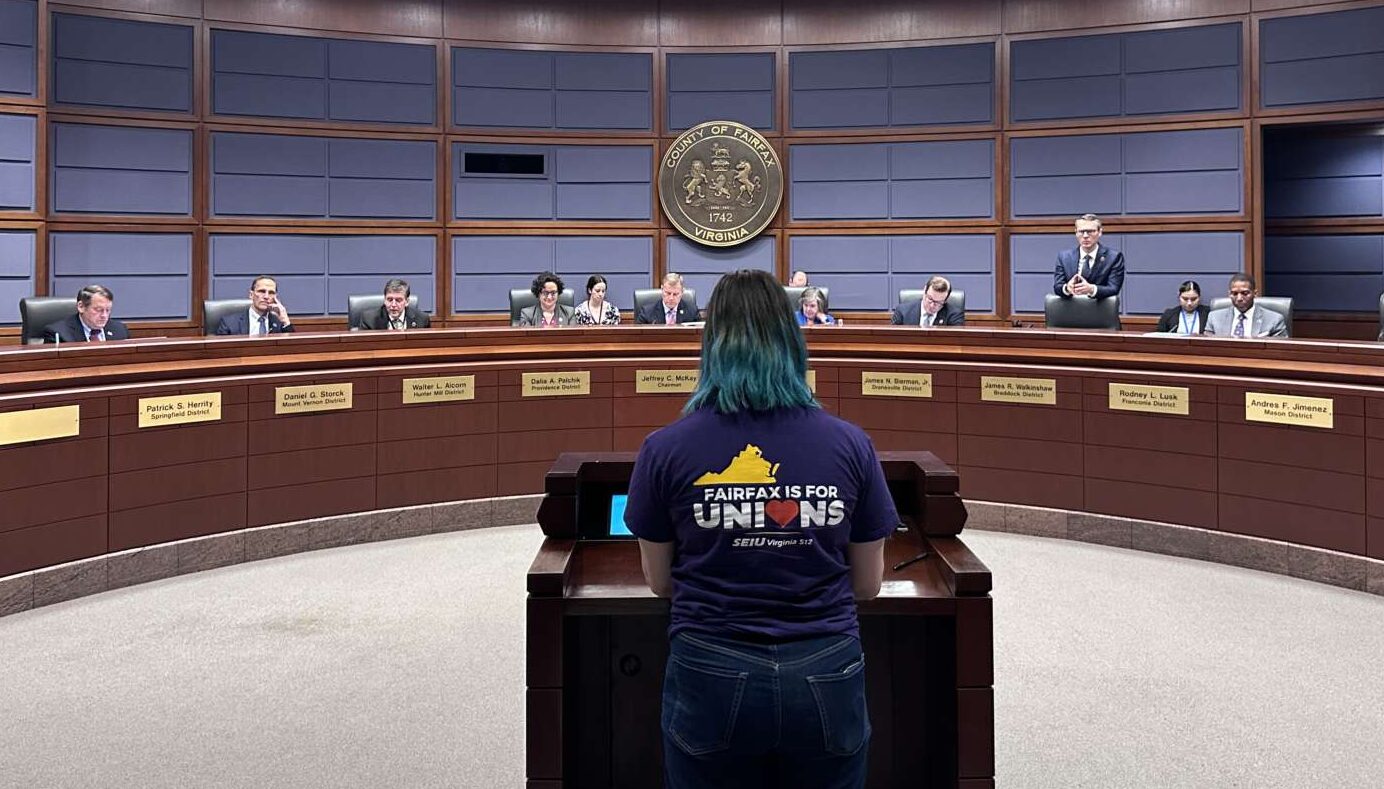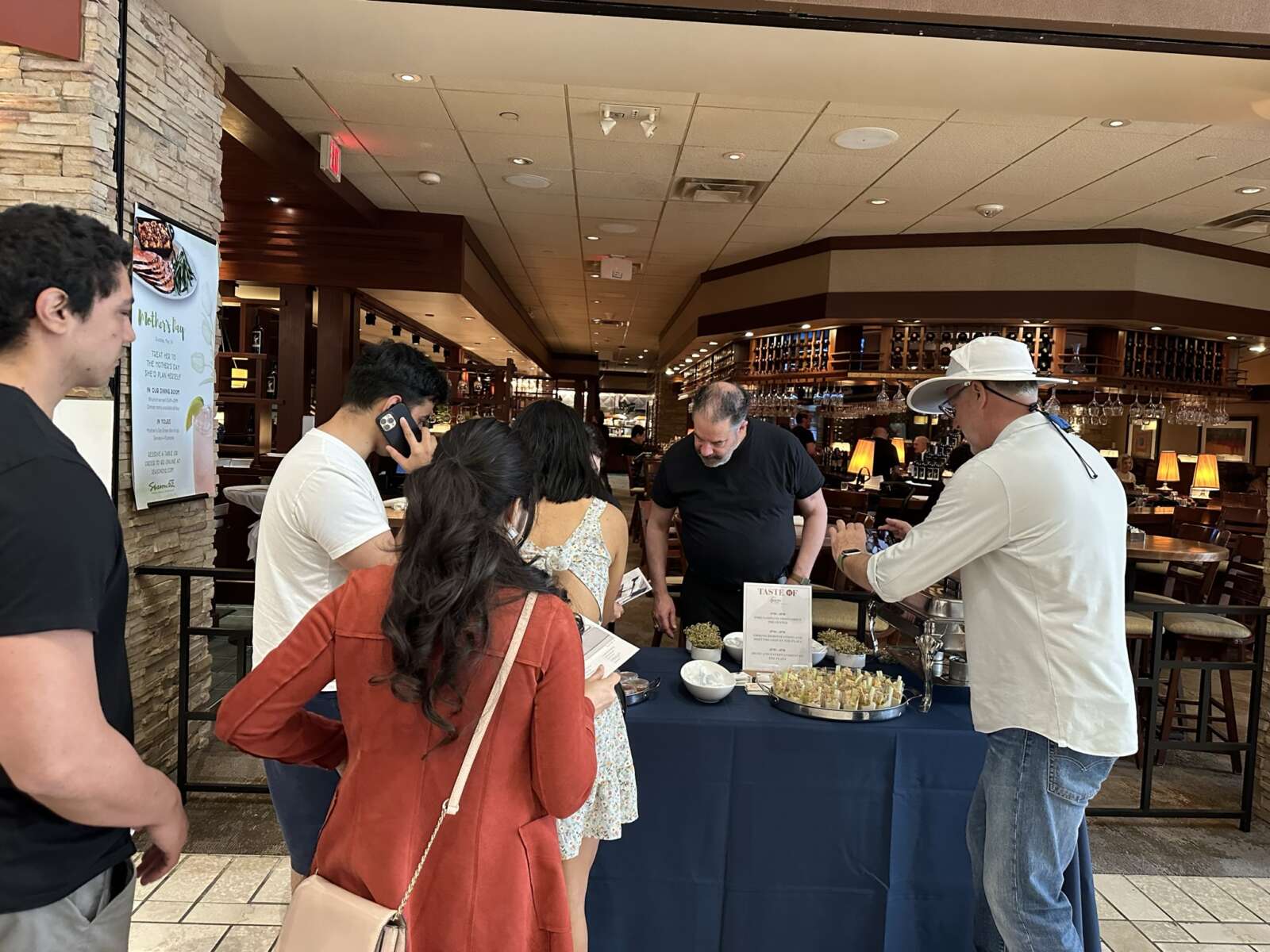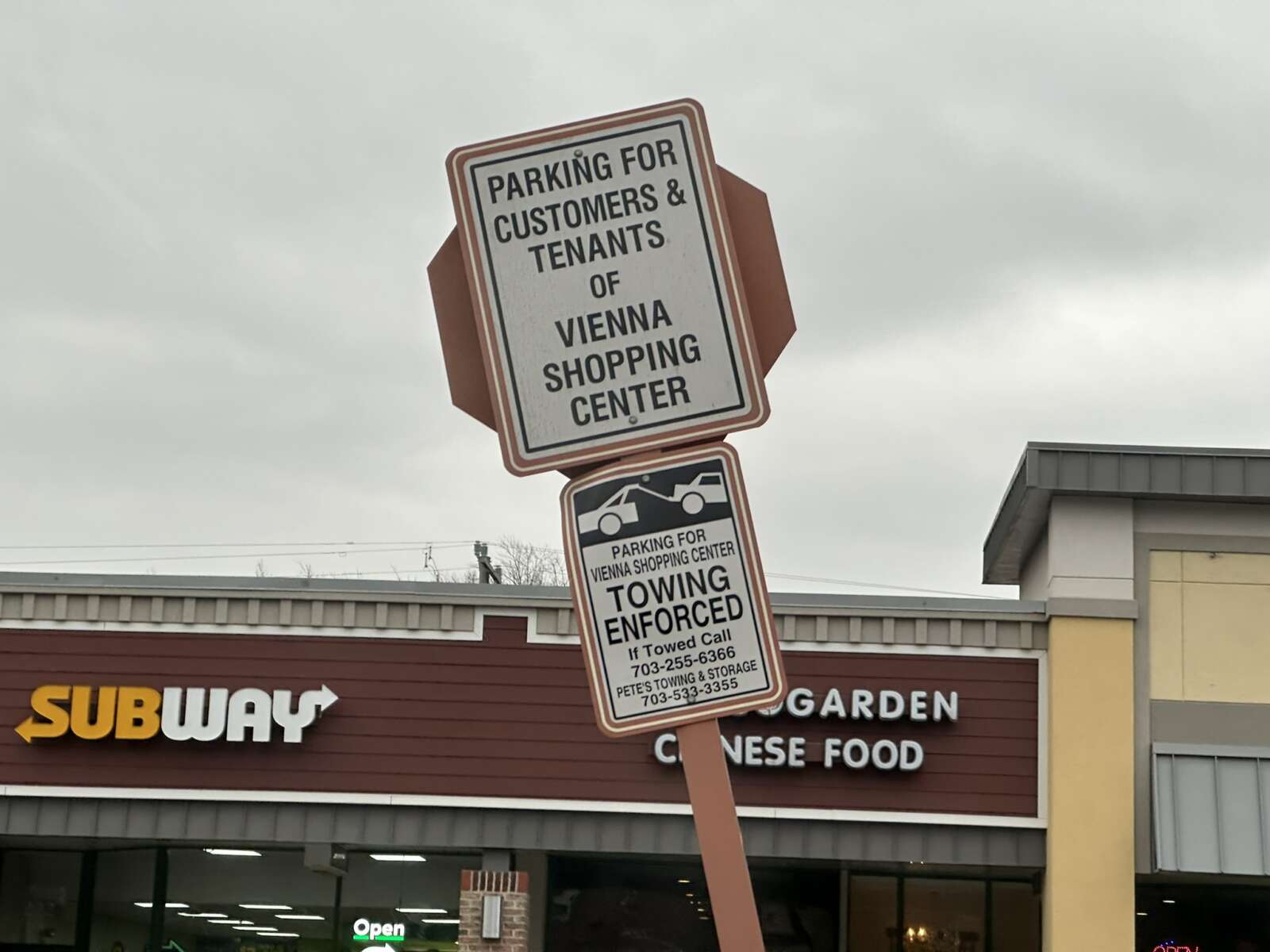More and more sidewalks are coming to Tysons, but not all of them are created equal.
Sidewalks have been getting a lot of attention lately, They’re credited with the power to revitalize the economy and save lives, but sidewalks, like all infrastructure, need planning, engineering and investment — and some are implemented better than others.
Modern designers understand the subtleties of how to make a sidewalk safe and comfortable, while exciting new materials offer new technological possibilities and economists are coming to better understand the investment potential of sidewalks.
The best tools in any arsenal are multitaskers, and sidewalks aren’t just for moving. Just like we use streets for both driving and parking, we use sidewalks both for walking to a destination and also for standing still once we arrive.
In dense residential areas, like The Boro or The Mile, sidewalks can provide an outdoor common space, like a shared living room, for those living in small apartments. Sidewalks are also a good investment — they contribute thousands of dollars to property values. Good sidewalk design can even make a street safer for drivers.
Anatomy of a Sidewalk
The National Association of City Transportation Officials has a lot to say about how to engineer sidewalk space. In its design guide, it carves sidewalks up into three parallel zones – and while all three are for people, only one is actually about walking.
The frontage zone meets the facades of buildings and functions as an extension of them. It is usually home to cafe seating, benches, signs, staircases and entry ramps, and in residential areas individuals’ front gardens.
It can provide small nooks where you can stand under an awning and fire off a text message, or a place for eager customers to wait in line at the hip new cupcake shop. The frontage zone, while public, feels most closely associated with the building it touches.
The through zone is where pedestrians actually travel. It’s a clear lane for foot traffic, extending straight across multiple blocks, free of obstructions and wide enough for wheelchair users or groups of walkers to pass one another. It is often distinguished from the other two zones by a slightly different paving material. In order for pedestrians to move quickly, comfortably and efficiently, the through zone must be wide (at least five feet and up to 12) and unobstructed.
The furniture zone, also called the curb zone, is both the access to and the barrier from the street.
Traditionally, it is home to trees, light posts, traffic signs, utility boxes, newspaper stands and bus stops. In the 21st century, it gives us access to our wealth of new mobility options: car rental kiosks, Capital Bikeshare stations, pick-up zones for Uber or Lyft. This is where shared scooters ought to be parked.
Like the frontage zone, it can have benches or picnic tables, but this space feels entirely public, whereas benches in the frontage zone seem to belong to the adjacent building. The objects, furniture, and especially trees in this zone protect pedestrians from car traffic but the bus stops, taxi stands and bikeshare stations let them enter it on their terms. Like the wall of your house with its doors and windows, it protects you from the elements while also forming a point of access.
All sidewalks have these three zones, although they might blur together or be very narrow. Designing a good sidewalk, though, means understanding the role of each. Many sidewalks in Tysons, for lack in investment, don’t have the essential elements that fully flesh out the frontage and furniture zones. These sidewalks, simple concrete paths through grass, are incomplete.
Sidewalk Engineering
Concrete is classic, but new materials offer exciting possibilities for the sidewalks of the future. New kinds of sidewalks could double as automatic storm drains, use recycled materials, or generate electricity — and the D.C. area is on the cutting edge.
Engineers in many cities around the world have started experimenting with using recycled rubber as a paving material for the last two decades. Results have been mixed, with maintenance costs higher than expected in some places, but the rubber has a threefold advantage. DC has been a national leader with this technology, meaning Tysons has a lot of local expertise to reference.
First, by reusing waste rubber, the material is ecologically friendly.
Second, this rubber paving is usually slightly porous — meaning it absorbs some water during a heavy rainfall, helping deal with the thorny problem of stormwater management and preventing puddles from accumulating.
Third, as trees on sidewalks grow, their roots can push up and out, dislodging cement blocks and making the through zone inaccessible to those in wheelchairs. Rubber paving, because of its flexibility, can actually accommodate shifts in root structures without cracking.
Another new type of sidewalk has only made its way out of the laboratory a few years ago. In 2013, the George Washington University campus in next-door Loudoun County unveiled the world’s first walkable solar-powered pavement. This “Solar Walk,” part of the public campus sidewalk, uses solar panels embedded beneath a reinforced material to generate electricity that can not only light the sidewalk up at night but also send some power back to nearby Innovation Hall.
However, these flashy technologies have their critics, and it may be that traditional bricks offer greater value and some of the same benefits as the rubber material.





